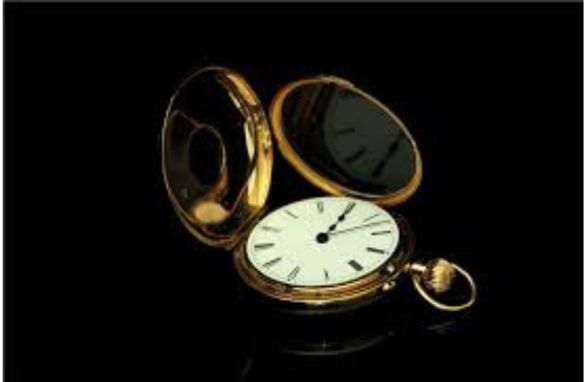Introduction
Vintage watches are more than just timepieces—they are artifacts of history, craftsmanship, and personal style. For newcomers to the world of watch collecting, diving into vintage watches can be both exciting and overwhelming. This guide provides essential tips and insights for beginners looking to buy and collect vintage watches, helping you navigate the market and build a collection that reflects your taste and appreciation for horology.
Understanding Vintage Watches: What Makes Them Special
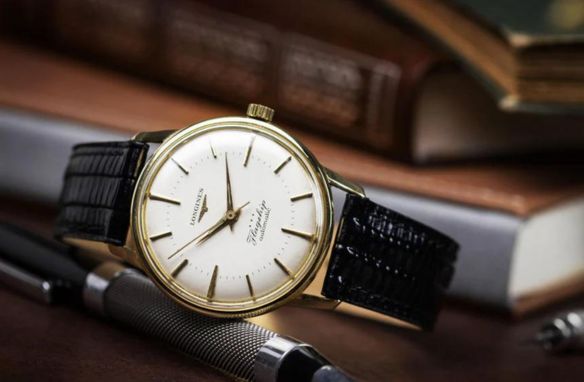
- Definition: Vintage watches are timepieces that are at least 20-30 years old. They are valued for their historical significance, design, and the craftsmanship of the era in which they were made.
- Appeal: Collectors are drawn to vintage watches for their unique styles, limited production runs, and the stories behind them. Each vintage watch carries a piece of its era, whether it’s a groundbreaking design or a technological innovation.
Research and Education: Learn Before You Buy
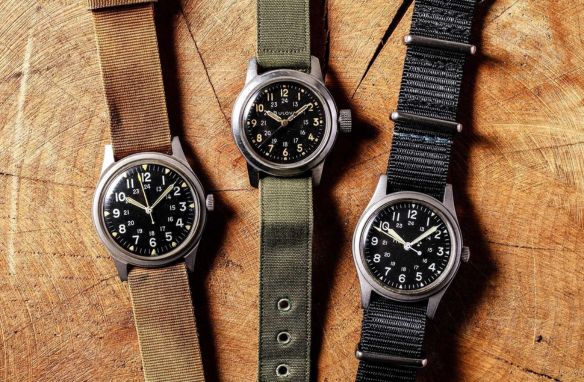
- Learn About Brands and Models: Familiarize yourself with renowned vintage watch brands like Rolex, Omega, Patek Philippe, and others. Understand which models are considered iconic and why.
- Study Watch Movements: Learn about different types of movements—manual, automatic, and quartz—and how they affect a watch’s functionality and value.
- Read Books and Articles: Invest time in reading books, articles, and online resources dedicated to vintage watches. This knowledge will help you make informed decisions and spot potential red flags.
Set a Budget: Know What You’re Willing to Spend
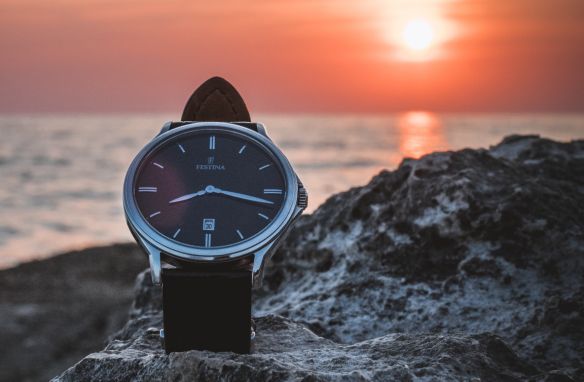
- Determine Your Budget: Vintage watches can range from affordable finds to high-end collectibles. Set a clear budget to guide your purchasing decisions and avoid overspending.
- Consider Additional Costs: Remember to account for potential costs such as servicing, repairs, and authentication, which are essential for maintaining a vintage watch.
Authentication and Condition: Verify Before You Buy
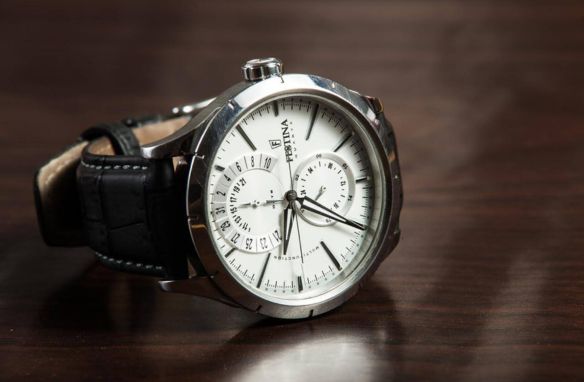
- Verify Authenticity: Ensure that the watch you’re interested in is genuine. Look for serial numbers, brand markings, and other identifiers. Consider seeking the help of a reputable watchmaker or appraiser if you’re unsure.
- Check the Condition: Assess the watch’s condition by examining the case, dial, movement, and bracelet. Look for signs of wear, modifications, or replacements. Original parts and minimal wear generally add to a watch’s value.
- Ask for Documentation: If possible, obtain any available documentation, such as service records, original boxes, and papers. These items can enhance the watch’s value and provenance.
Where to Buy: Find Reputable Sources
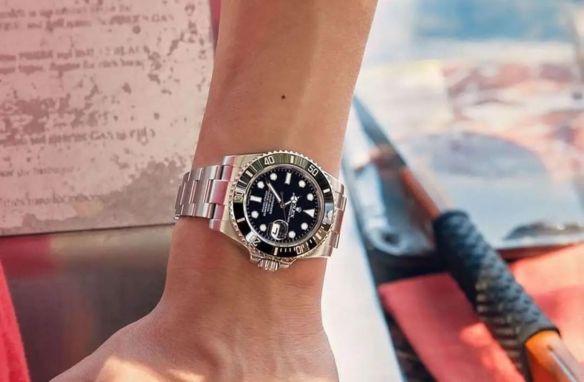
- Authorized Dealers and Auction Houses: Purchase from well-established dealers and auction houses that specialize in vintage watches. They often provide guarantees of authenticity and detailed information about the timepieces.
- Online Marketplaces: Platforms like Chrono24, WatchBox, and eBay offer a wide range of vintage watches. Look for sellers with high ratings and positive reviews, and be cautious of deals that seem too good to be true.
- Watch Forums and Groups: Join watch forums and social media groups where enthusiasts and collectors share their knowledge and may offer watches for sale. Engaging with these communities can provide valuable insights and opportunities.
Building Your Collection: Focus and Strategy
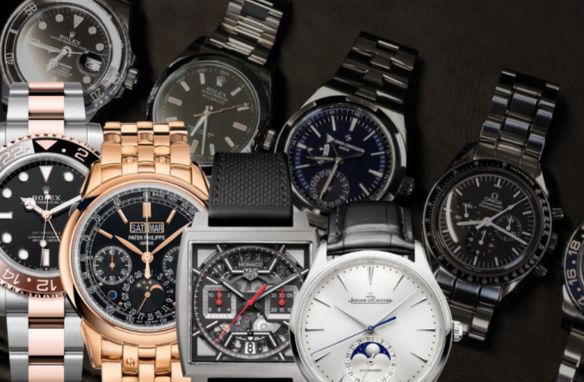
- Start with Classic Models: Begin your collection with well-regarded, classic models from reputable brands. These watches often have a strong market presence and are more likely to retain or increase their value.
- Diversify Your Collection: As you gain experience, consider diversifying your collection to include different brands, styles, and eras. This variety can make your collection more interesting and well-rounded.
- Follow Trends and Market Values: Keep an eye on market trends and values for vintage watches. Understanding the market can help you make strategic purchases and recognize opportunities.
Maintenance and Care: Preserve Your Vintage Timepieces
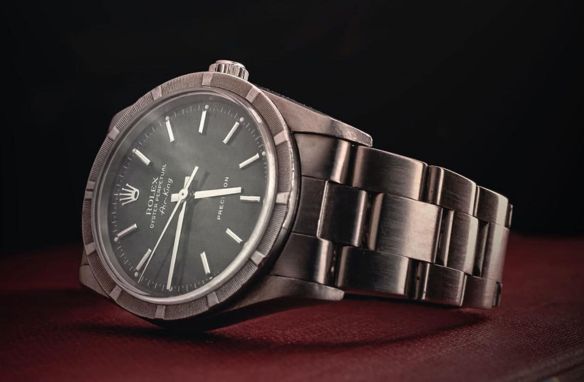
- Regular Servicing: Have your vintage watches serviced by a professional watchmaker who specializes in vintage models. Regular maintenance ensures that your timepieces continue to function properly and retain their value.
- Proper Storage: Store your watches in a cool, dry place away from direct sunlight and moisture. Use a watch box or case to protect them from dust and damage.
- Handle with Care: When wearing or handling vintage watches, be mindful of their delicate nature. Avoid exposing them to extreme conditions or harsh chemicals.
Enjoy the Journey: Appreciate the History and Craftsmanship
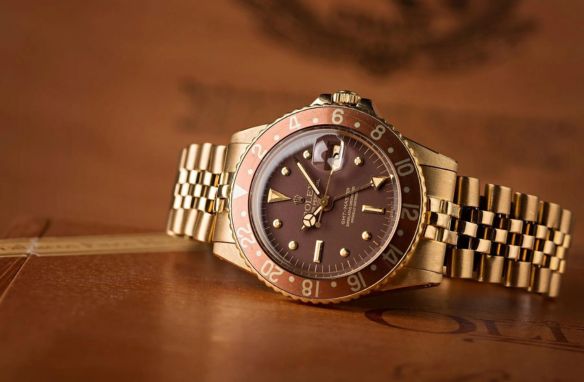
- Research the History: Take the time to learn about the history and significance of each watch in your collection. Understanding the context and background of your timepieces adds depth to your collecting experience.
- Connect with Fellow Collectors: Engage with other vintage watch enthusiasts to share knowledge, experiences, and insights. Attending watch shows, exhibitions, and events can also enhance your appreciation and enjoyment of the hobby.
Conclusion
Collecting vintage watches is a rewarding journey that combines history, craftsmanship, and personal passion. By educating yourself, setting a budget, verifying authenticity, and carefully selecting your purchases, you can build a collection that reflects your unique taste and appreciation for horology. Embrace the process, enjoy the stories behind each watch, and celebrate the art of vintage timepieces.


